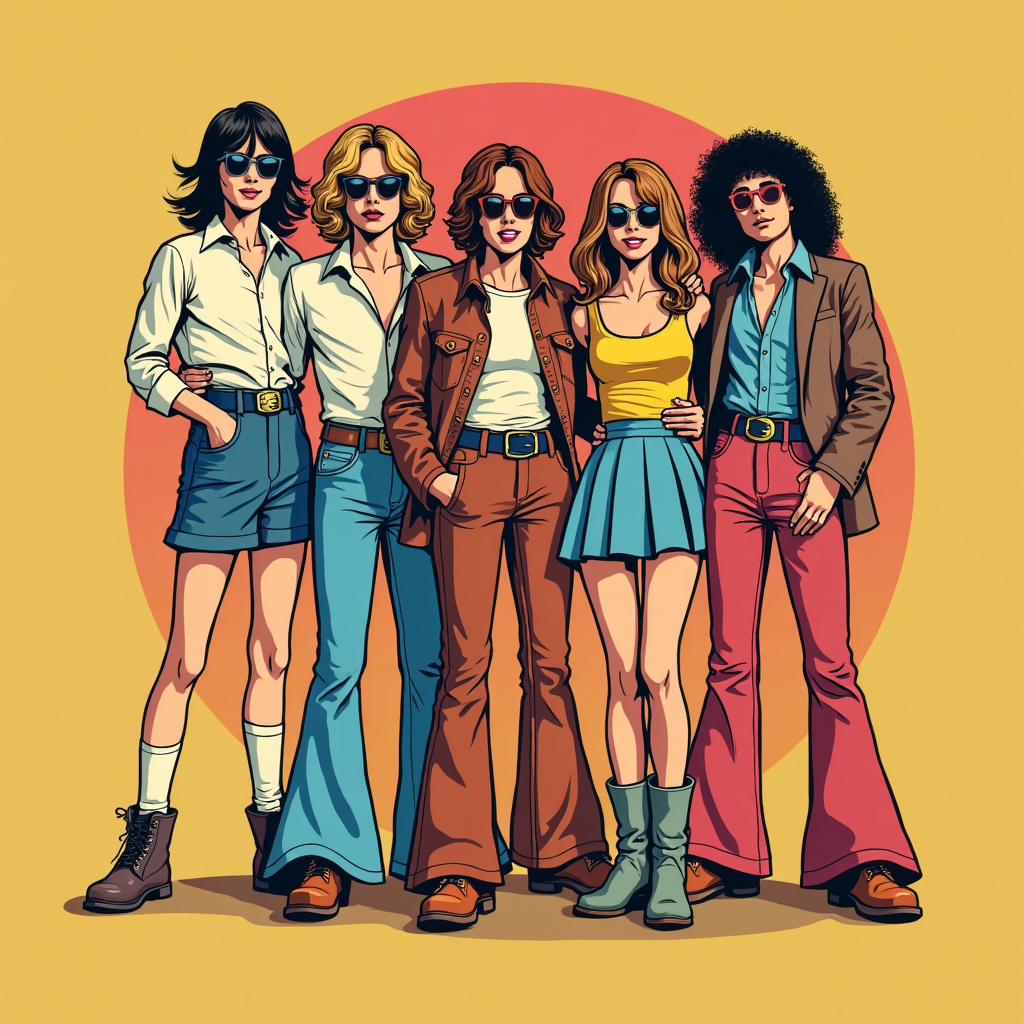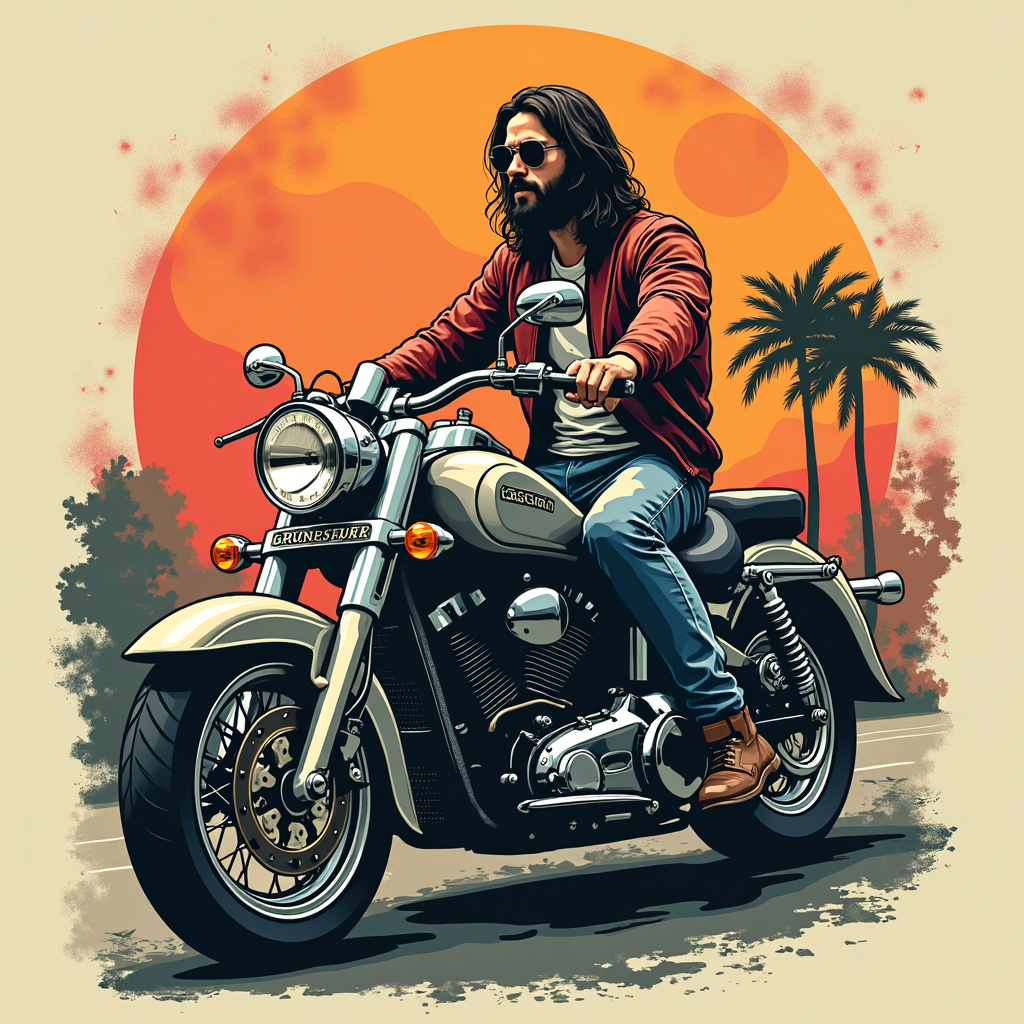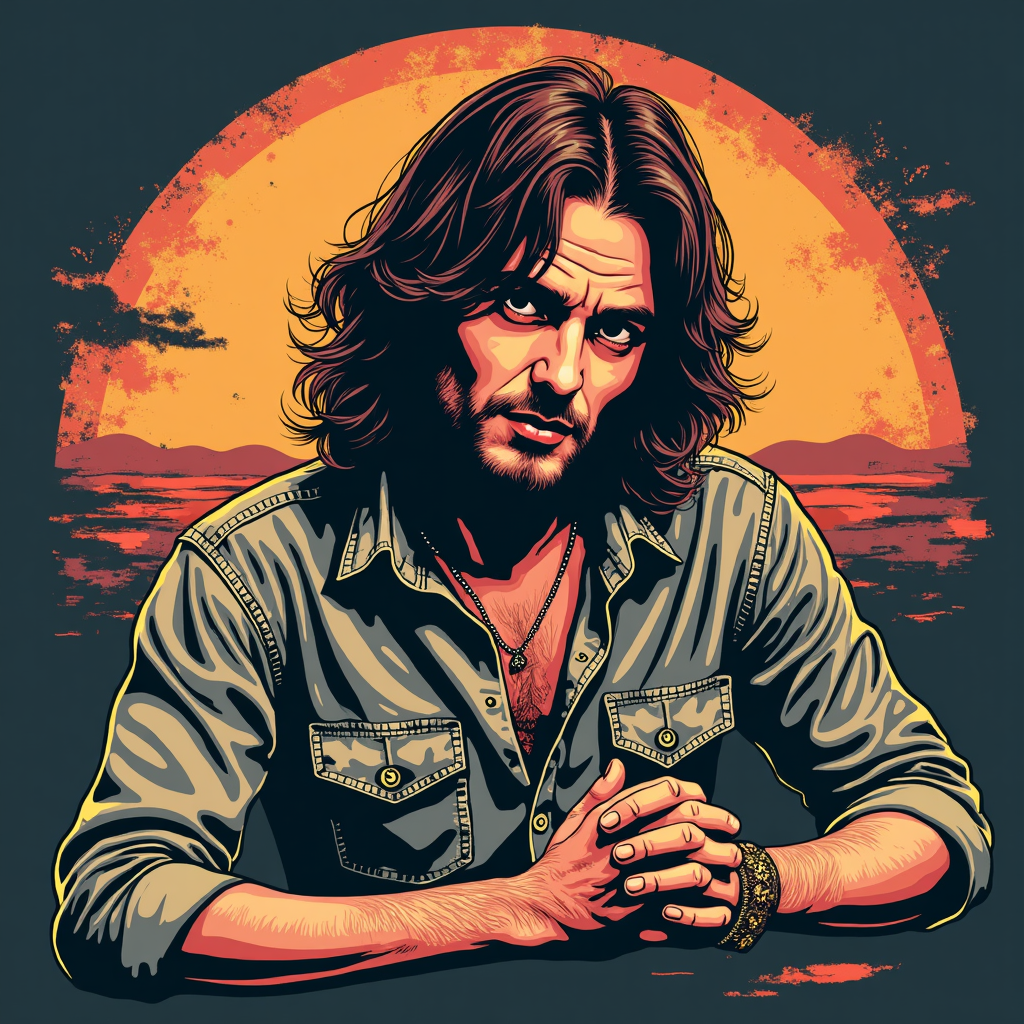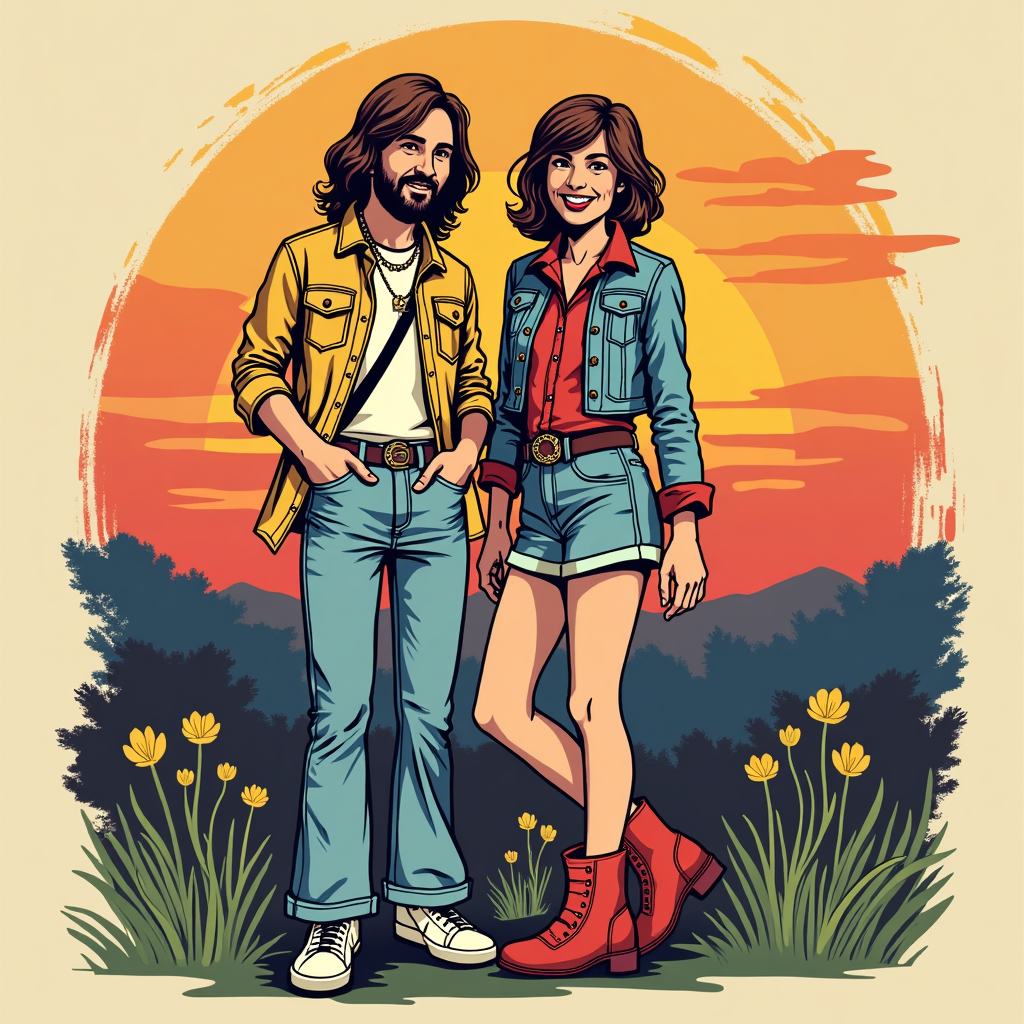1970s Retro Vintage Design T-shirts:
A Comprehensive Guide
The 1970s represented a revolutionary decade in fashion and design, characterised by bold
self-expression, vibrant colours, and innovative graphics that continue to influence contemporary
style. This era of retro t-shirt design emerged from a unique cultural landscape that blended
counterculture movements, musical innovation, and artistic experimentation.
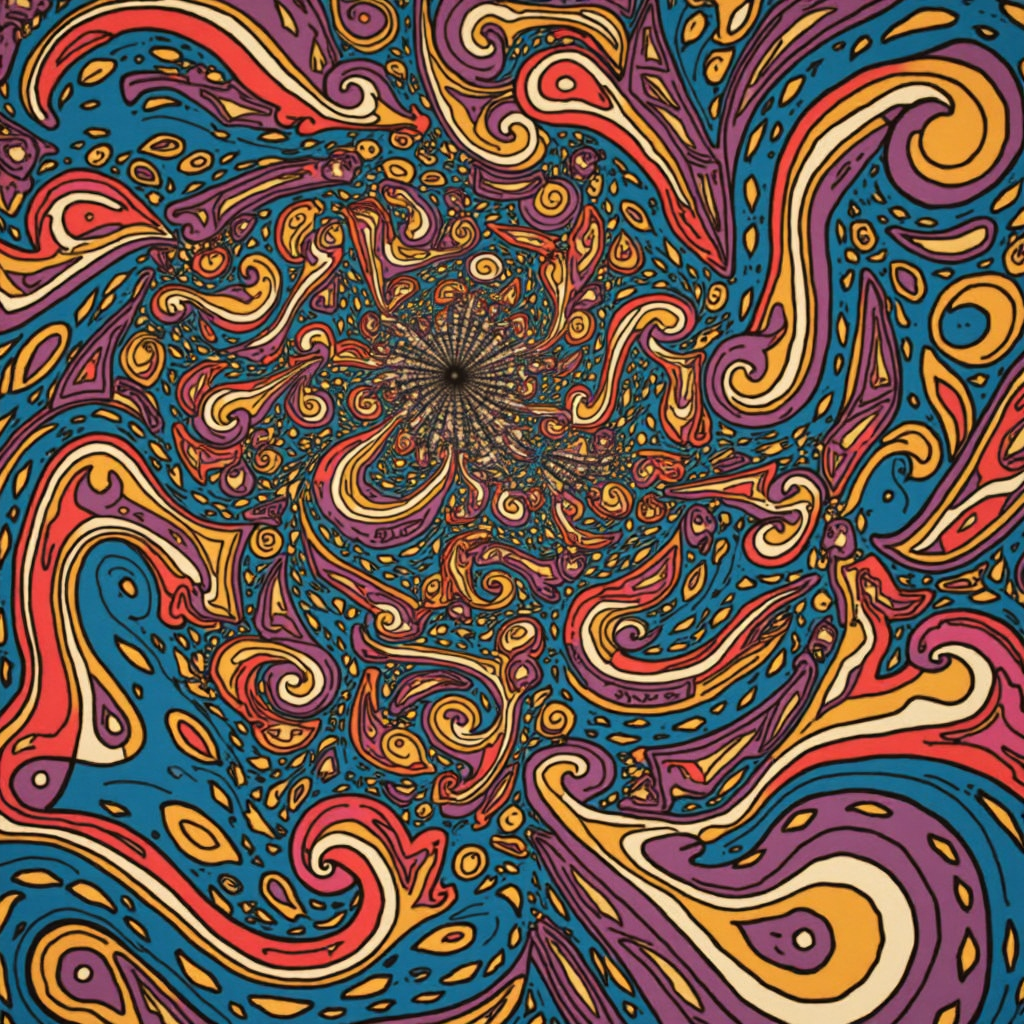
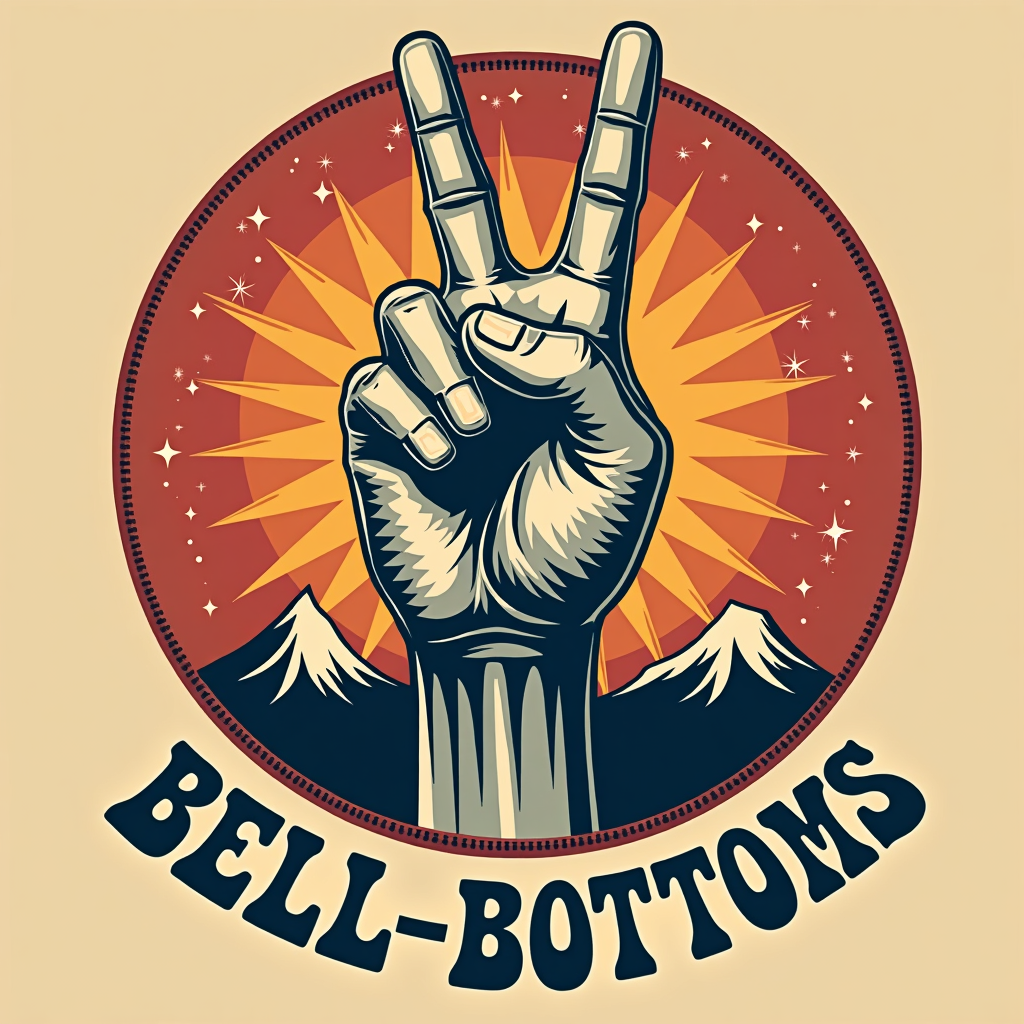
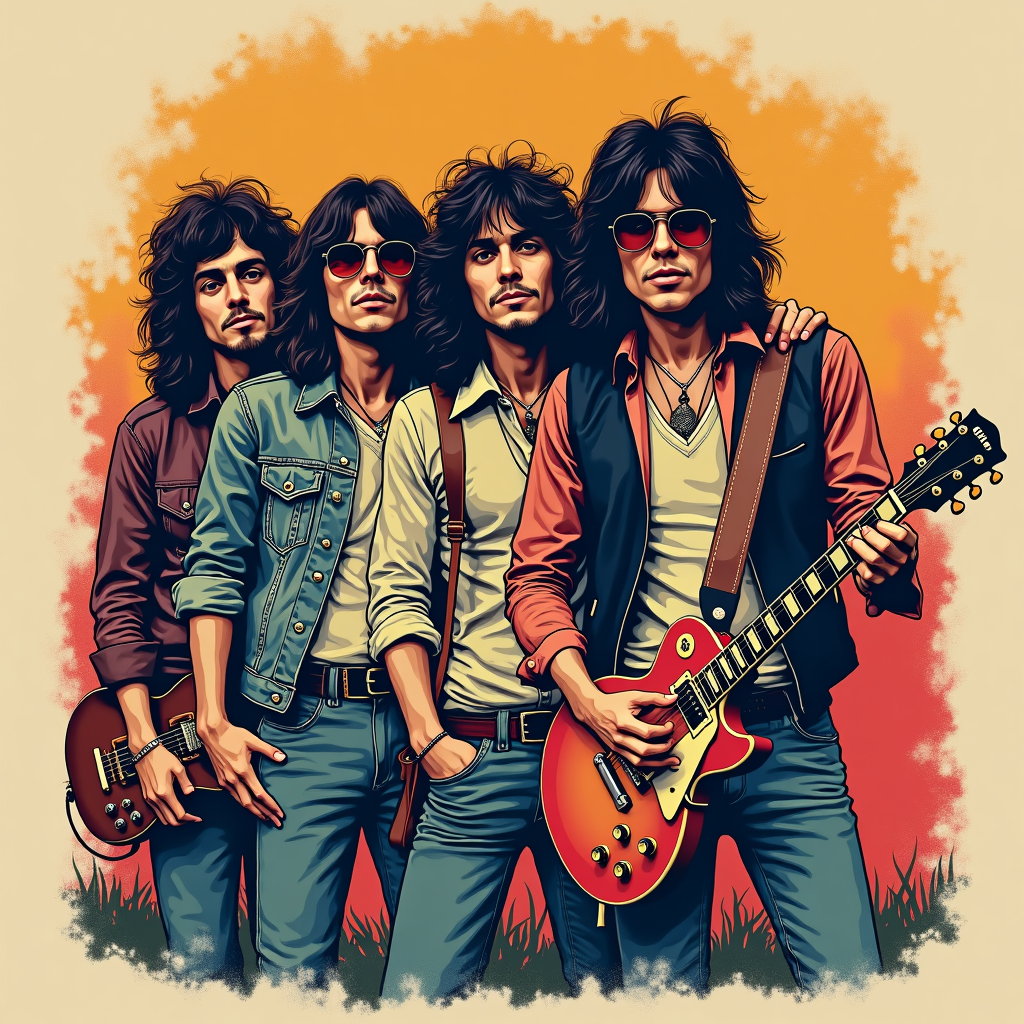
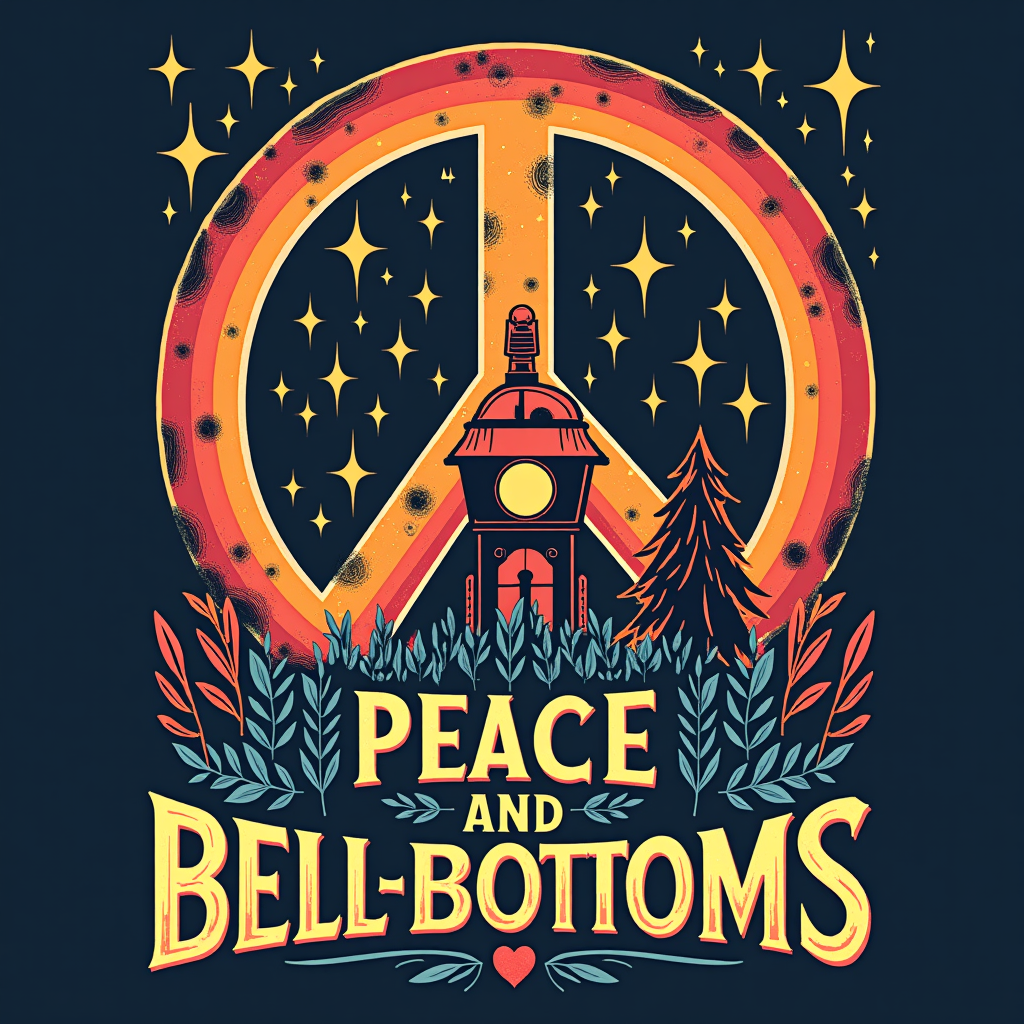
Design Aesthetics and Visual Elements
Typography and Lettering
The typography of 1970s t-shirt design was defined by its experimental and expressive
nature. Designers embraced the freedom that new phototypesetting techniques provided,
breaking away from traditional constraints to create revolutionary letterforms. Key
characteristics included dramatic ligatures, bulbous letter shapes, and thick drop shadows that
prioritised expressiveness over legibility.
The decade saw the rise of what experts consider the “Golden Age of Typography,” with
designers like Milton Glaser, creating iconic typefaces such as Baby Teeth, which embodied the
psychedelic aesthetic with its chunky, sans-serif design. Free-form typography became a
hallmark of the era, featuring irregular and varied letterforms that captured the era’s spirit of
liberation.
Popular typographic elements included tight letterspacing, letterforms that carried weight
towards their baseline, and bold flourishes and embellishments. The influence of jazz, funk,
and disco music gave rise to distinctive bubble lettering and swash designs that appeared on
everything from concert posters to casual wear.
Colour Palettes
The 1970s colour palette was renowned for its distinctive mix of earth tones and vibrant hues.
The decade’s colour scheme evolved from the psychedelic brightness of the 1960s to
embrace more natural, grounded tones while maintaining bold accent colours.
Earth Tones: The dominant palette featured warm, earthy colours including harvest gold,
avocado green, burnt orange, rust, and chocolate brown. These colours were inspired by
growing environmental consciousness and the desire to bring natural elements into design.
Orange became particularly significant, symbolising self-expression and creativity, partly
influenced by the Dutch national football team’s success in the 1974 World Cup.
Colourful T-shirt designs for the 1970s’
